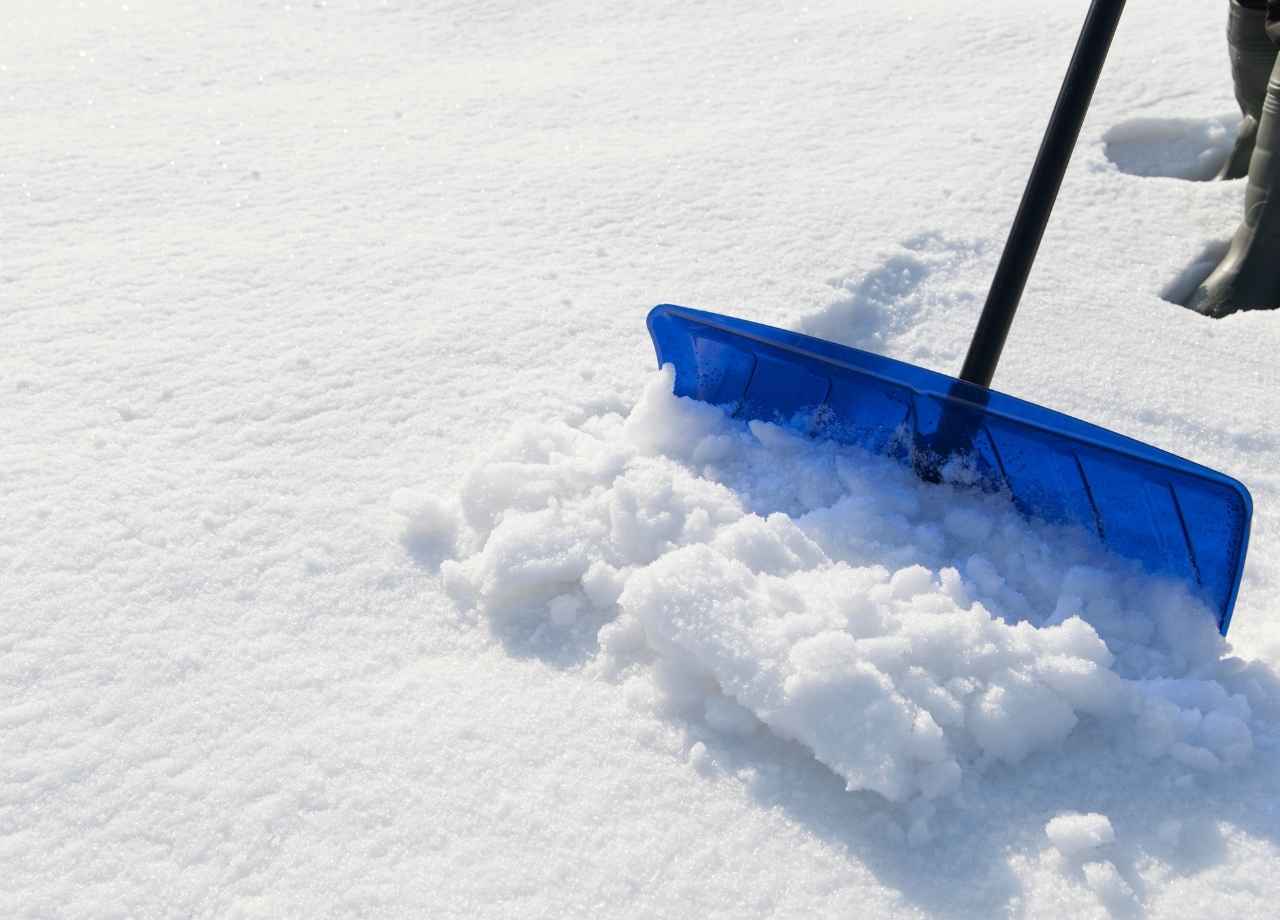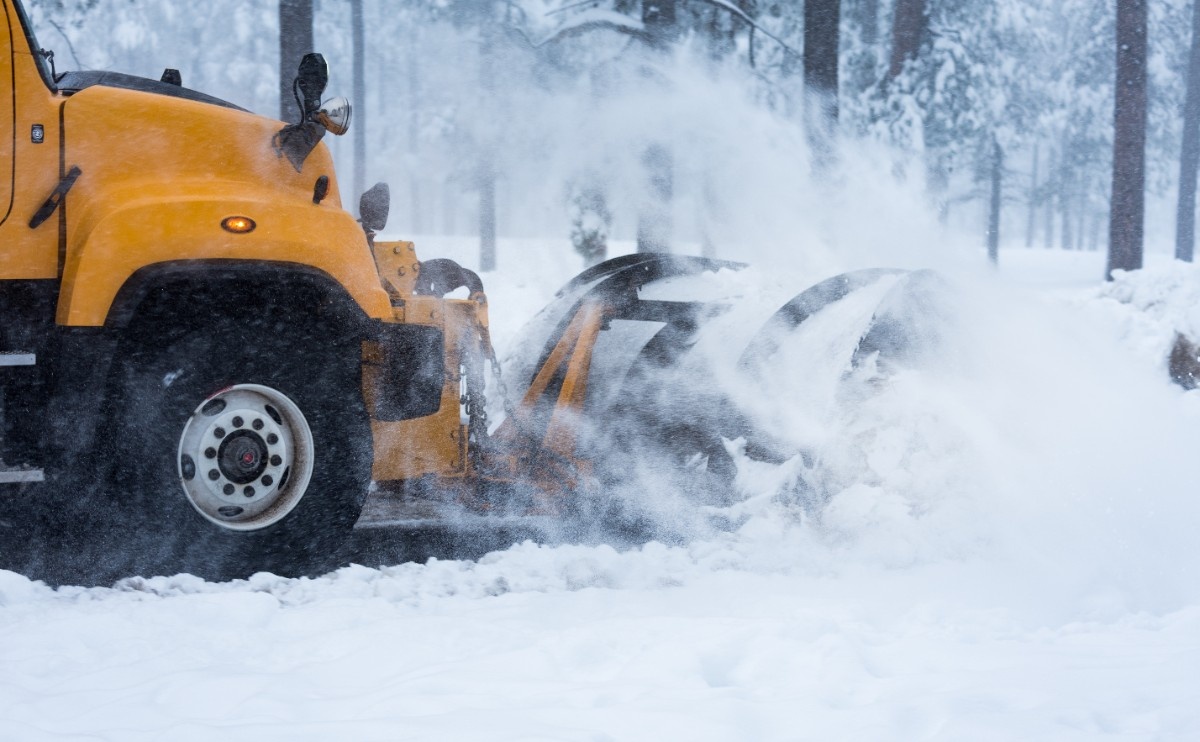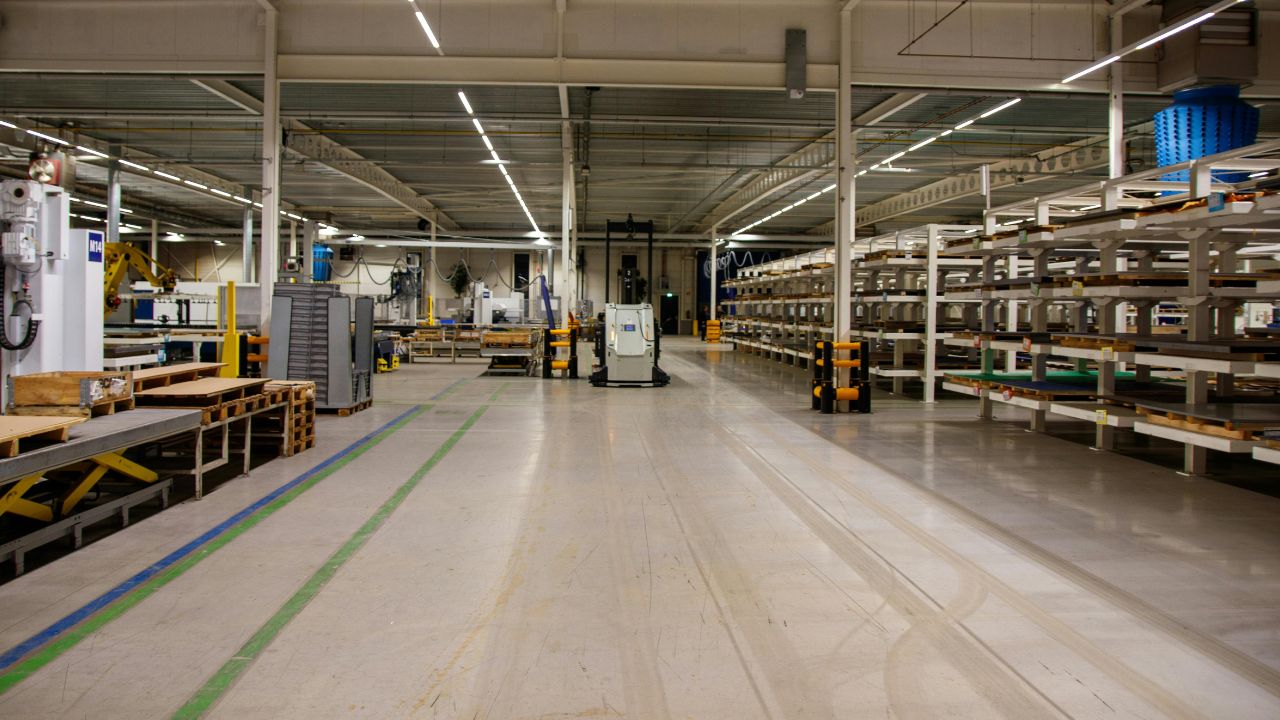How To Manage Excess Snow At Commercial Facilities
Heavy snow can bring more than traffic delays and school closures—it can shut down business operations entirely if not handled properly. During one brutal winter in Chicago, a distribution center lost two full days of productivity because snow piled high against the loading dock doors, preventing any trucks from reaching the bays. Crews spent hours digging out just to get back to baseline. This isn’t an isolated event. Facility managers know snow isn’t just a nuisance—it’s a logistics issue, a safety risk, and a budget challenge.
Start With a Site-Specific Snow Plan
Templates don’t cut it. Each commercial property has unique snow patterns depending on elevation, roofline, and wind corridors. A big-box retail store will deal with snow differently than a medical campus. Mapping the facility’s snow zones helps—entryways, fire exits, emergency routes, high-traffic areas, loading docks, and drainage points all need different levels of attention. Seasonal plans should identify priority areas, designate snow storage zones, and allocate crew responsibilities. This plan should be updated annually—buildings change, teams rotate, and what worked last season may not work this time.
Avoid Letting Snow Linger
Letting snow sit for even a few hours can create complications. Parking lot snow that melts slightly during the day can refreeze at night into a sheet of black ice. A melted patch near the entrance may become a slip-and-fall lawsuit. Quick, continuous removal reduces these risks. Crews should monitor accumulation levels and clear before it hits critical thresholds. Waiting until snowfall ends might seem efficient but often causes double the work. A clean-as-you-go approach saves money in the long run.
Stacking Snow Can Cause Structural Stress
Snow on roofs isn’t just a weight issue. When it piles unevenly, stress points develop, particularly near HVAC units and parapets. A few winters ago, a grocery chain had to evacuate a location due to roof sagging over the freezer section—caused by drifting snow that was never cleared. Roof snow should be removed with tools that won’t damage membranes. If using shovels, plastic edges are safer than metal. Crews must be trained on fall protection and follow OSHA guidelines for roof work. Snow loads vary by region, but any buildup over 20 pounds per square foot should raise concern.
Use Smart Equipment Choices for Speed and Safety
Facility size dictates equipment needs. For smaller lots, a pickup with a front plow and rear salter might suffice. For larger complexes, skid steers, front-end loaders, and even dedicated snow blowers are more effective. Walkways need smaller tools—think snow blowers with rubber blades or snow-melting mats. Some managers install heated sidewalks, which cost more upfront but reduce manual labor and slip risk. Equipment must be checked pre-season, stored properly, and maintained weekly. Downtime during a storm isn’t an option.
Know When to Bring in a Subcontractor
Some seasons are heavier than others, and local teams can get overwhelmed. That’s when third-party contractors become necessary. Hiring them mid-season isn’t ideal—they’re likely booked or more expensive. Vetting and onboarding them before snow starts is the best route. Review their certifications, insurance, equipment types, and communication protocols. Make sure they know your site layout and understand your priority zones. Keep performance logs for accountability. It’s worth investing in an annual contract that guarantees response times and service levels.
Ice Management Requires Its Own Strategy
Salt isn’t a cure-all. Sodium chloride stops working below 15°F, and overuse can damage concrete and landscaping. Magnesium chloride and calcium chloride work better in extreme cold but cost more.

Some facilities use brine solutions sprayed before storms to prevent bonding. Granular vs. liquid depends on surface type and weather forecast. Sidewalks benefit from pre-treated granular salt, while parking lots might fare better with liquid brine. Anti-icing is proactive—de-icing is reactive. Smart timing reduces product use and labor.
Communication Keeps Operations Smooth
No plan works without coordination. All stakeholders—from janitorial staff to third-shift supervisors—must know what’s expected during a snow event. Assign a snow manager or team leader who tracks forecasts and triggers responses. Create internal alerts using text or email to notify teams when plowing begins, access is limited, or routes are changing. Tenants and vendors should be kept informed to prevent confusion. One missed message can mean blocked deliveries or stranded employees.
Drainage After Snowfall Is Often Overlooked
When the thaw begins, water has to go somewhere. Blocked storm drains can cause ponding, which then refreezes overnight. Make sure catch basins, downspouts, and retention areas are clear before and after major snowfalls. Poor drainage can erode landscaping, damage pavement, and flood basements. It’s not enough to clear snow—you need to think about where meltwater ends up. In many commercial lots, the elevation pitch isn’t ideal, so temporary channels or pumps might be required during a major thaw.
Legal Liabilities Stack Up Fast
Slip-and-fall claims spike in winter. In commercial settings, property owners or managers are usually liable unless they can prove reasonable efforts to maintain safe conditions. Document everything—time-stamped photos, service logs, weather data, and vendor reports. This paper trail can protect against lawsuits and insurance claims. Work with legal or risk management teams to update policies and signage. Good snow practices reduce injuries but also reduce legal exposure.
Don’t Forget About Supply Reordering
Supplies run out mid-season more often than people realize. Salt deliveries can get delayed during regional storms. Shovels break. Fuel becomes scarce. A pre-winter inventory check is crucial. Ordering extra doesn’t mean overstocking—it means avoiding downtime. Set up alerts for low inventory and designate staff responsible for restocking. Don’t rely on last-minute trips to the hardware store. Vendors prioritize regular buyers over walk-ins during peak weather events.
Train Staff, Not Just Crews
Grounds teams usually handle the bulk of snow removal, but everyone working at a commercial facility needs some level of training. Office staff should understand entry protocols during snow days. Warehouse workers need to know how to navigate slick loading bays. Maintenance crews should be cross-trained on snow response duties in case of emergency. Training should be short, focused, and repeated at least once before winter hits. Drills help reinforce protocols and uncover blind spots in the plan.
Plan for Snow, Not Just Storms
Some winters don’t bring many big storms, but steady light snow can be just as disruptive. It builds up slowly, filling gutters and creating compaction that turns into ice. Managers often ignore this kind of snow because it doesn’t make the news—but it still makes a mess. Planning for the everyday snowfall, not just blizzards, keeps operations consistent. That means consistent attention, consistent reporting, and consistent action.
Don’t Wait Until It’s Too Late
Most snow problems aren’t surprises—they’re neglected warnings. A blocked exit door, a frozen pipe under snow-covered access points, a missing ice melt bucket at the side entrance. These are the small things that turn into big problems when overlooked. Regular walkthroughs during winter months help catch these before they escalate. When snow starts falling, it’s not the time to figure out where the plow keys are or how to operate the roof rake.
If staying ahead of winter chaos feels overwhelming, National Facility Contractors delivers scalable snow management solutions built for your site, with fast mobilization, proactive risk mitigation, and the expertise to keep your business running—regardless of the forecast.
Managing excess snow at commercial properties isn’t just about removing it—it’s about anticipating how it will affect operations, safety, and liability, and responding quickly and appropriately. Every facility has different snow risks, but with the right plan, equipment, and team coordination, winter can become manageable instead of chaotic.






